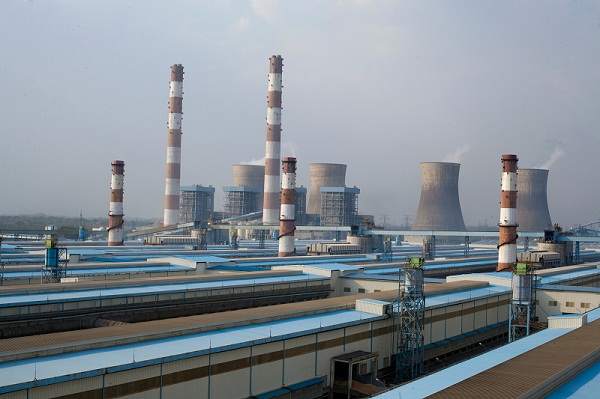Realizing Cement’s Potential to Power the Energy-Efficient Dream of India
Regards,
Related Articles
धूल के गुबार में मुंबई: बिगड़ते AQI के बीच BMC के तात्कालिक सख्त कदम !
मुंबई की बिगड़ती हवा के चलते सख़्त हुई BMC! ₹1000 करोड़ से अधिक की निर्माण परियोजनाओं पर AQI मॉनिटरिंग अनिवार्य, बिल्डरों को तय समय-सीमा...
Dense fog triggers multi-vehicle collision on Noida Expressway; leaving many hurt
On Saturday morning, dozens of vehicles including trucks, cars collided on Noida Expressway due to dense fog in Delhi-NCR. Many left injured and traffic...
India Launches World’s Longest Hydrogen Train, Zero-Emission Boat
India has taken a giant leap in green transport with the launch of its first fully indigenous hydrogen-powered passenger vessel and the completion of...



 Neeraj Akhoury brings with him over 28 years of rich experience in the steel and cement industries. He has worked in leadership roles in India and other emerging markets. He was appointed as Managing Director & CEO of ACC Limited in February 2017. In February 2020, he took over as CEO India, Holcim, Managing Director & CEO, Ambuja Cements Limited and Non-Executive Director, ACC Limited. He is on the board of Governors at National Council for Cement and Building Materials (NCCBM) constituted by the Ministry of Commerce & Industry, Government of India. He also serves as Vice President of Cement Manufacturers Association of India.
Neeraj Akhoury brings with him over 28 years of rich experience in the steel and cement industries. He has worked in leadership roles in India and other emerging markets. He was appointed as Managing Director & CEO of ACC Limited in February 2017. In February 2020, he took over as CEO India, Holcim, Managing Director & CEO, Ambuja Cements Limited and Non-Executive Director, ACC Limited. He is on the board of Governors at National Council for Cement and Building Materials (NCCBM) constituted by the Ministry of Commerce & Industry, Government of India. He also serves as Vice President of Cement Manufacturers Association of India.